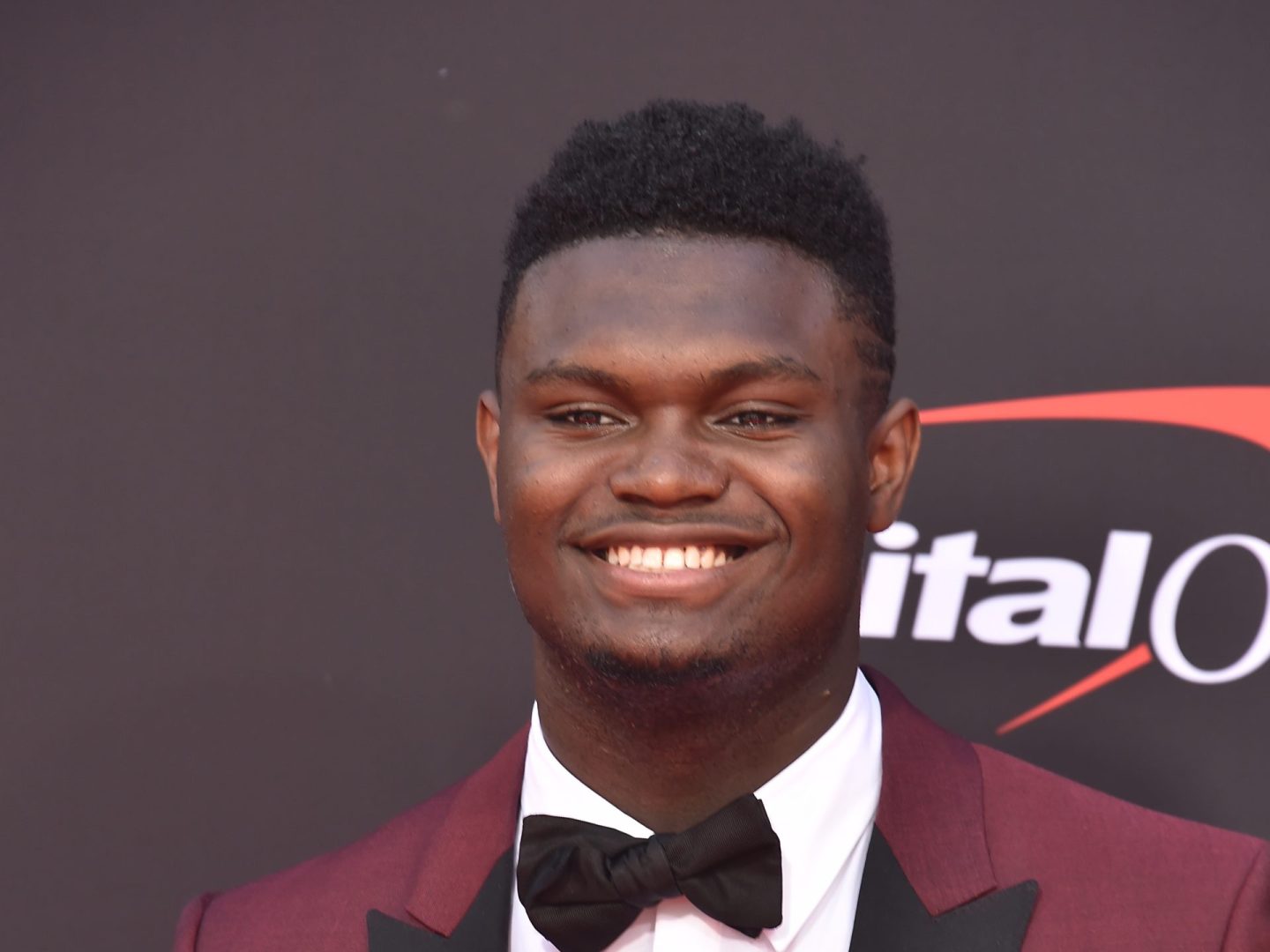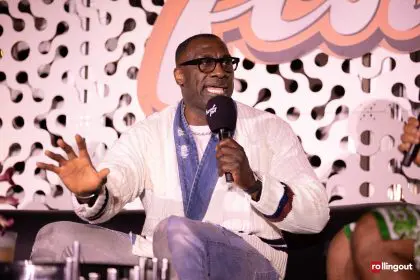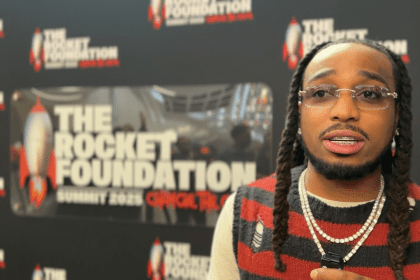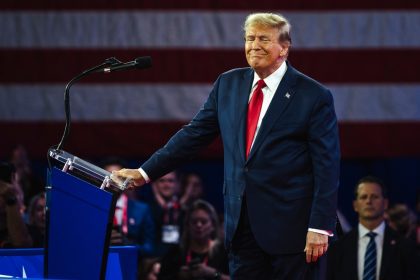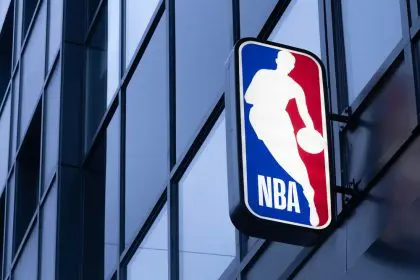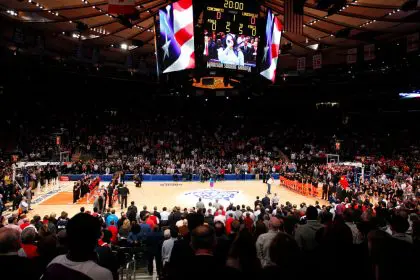A recent social media incident involving NBA star Zion Williamson demonstrates the rapid spread of misinformation in today’s digital landscape. The situation emerged when a parody account on X, NBACentel, shared fabricated screenshots suggesting interaction between Williamson and social media influencer Sydney Thomas. This incident highlights the broader challenges athletes face in managing their public image in an era of instant digital communication. Sports media experts note that such fabricated content has become increasingly sophisticated, making verification more challenging than ever.
Anatomy of a viral moment
The fabricated story gained traction through a carefully constructed false narrative, featuring an alleged Instagram exchange between Williamson and Thomas. The supposed interaction, which included specific quoted messages, was entirely fictional, as confirmed by credible news sources including Yahoo. Digital media analysts point out that the incident’s rapid spread reveals vulnerabilities in current social media verification systems. The story’s virality demonstrated how quickly misinformation can outpace fact-checking efforts.
Evolution of social media verification
Platform verification processes have evolved significantly in recent years, yet challenges persist. Social media platforms employ various tools to combat misinformation, including automated detection systems and human moderators. However, parody accounts like NBACentel continue to exploit verification loopholes, creating confusion among users. Industry experts emphasize the need for more robust verification systems, particularly for sports-related content where misinformation can significantly impact careers and reputations.
Team and league responses
Professional sports organizations have developed increasingly sophisticated approaches to managing social media misinformation. NBA teams now employ dedicated social media teams trained in rapid response and fact-checking protocols. League officials work closely with platforms to address verified false information quickly. These efforts include coordinated responses between team public relations departments, player representatives, and league offices to maintain accurate public narratives.
Athlete protection strategies
Professional athletes increasingly rely on comprehensive digital protection strategies. Sports agencies and management teams implement proactive measures to guard against false narratives. These strategies include regular social media monitoring, rapid response protocols, and legal frameworks for addressing defamation. Athletes receive extensive training in digital literacy and crisis management, preparing them for potential misinformation incidents.
Historical context
Similar incidents have occurred throughout sports history, but social media has amplified their impact. Sports historians note that while athletes have always faced public scrutiny, the speed and scale of modern misinformation present unprecedented challenges. Previous cases have led to significant changes in how sports organizations approach digital communication and athlete protection.
Impact on journalism
Traditional sports journalism faces new challenges in distinguishing legitimate news from fabricated content. Newsrooms have implemented stricter verification protocols, often requiring multiple sources before reporting on social media-originated stories. Sports journalists increasingly emphasize the importance of traditional reporting methods while adapting to the digital age’s demands for rapid content delivery.
Platform accountability measures
Social media platforms continue to develop new tools for combating misinformation. Recent updates include enhanced verification systems, improved reporting mechanisms, and faster response times to false information reports. However, platform policies often struggle to balance free expression with the need for accurate information, particularly in sports-related content.
League-wide policy developments
Professional sports leagues have implemented comprehensive social media policies in response to misinformation challenges. These policies include guidelines for teams, players, and associated personnel regarding social media use and response protocols. League officials regularly update these policies to address emerging digital threats and protect their brands and athletes.
Digital literacy initiatives
Sports organizations increasingly prioritize digital literacy training for athletes and staff. Educational programs cover topics ranging from basic social media safety to advanced digital protection strategies. These initiatives aim to empower athletes with the knowledge and tools needed to navigate modern digital landscapes safely.
Future implications
The incident may influence future approaches to social media verification and athlete protection. Industry experts predict increased investment in digital security measures and enhanced verification systems. Teams and leagues continue to develop more sophisticated strategies for managing online presence and protecting their personnel from digital misinformation.
Crisis management protocols
Professional sports organizations have established detailed crisis management procedures for handling social media misinformation. These protocols include immediate response strategies, stakeholder communication plans, and long-term reputation management approaches. Teams maintain dedicated crisis response teams ready to address false narratives quickly and effectively.
Industry collaboration
Sports organizations increasingly collaborate to combat digital misinformation. This cooperation includes sharing best practices, coordinating responses to common threats, and developing industry-wide standards for digital communication. Such collaboration strengthens the sports community’s ability to address misinformation effectively.

